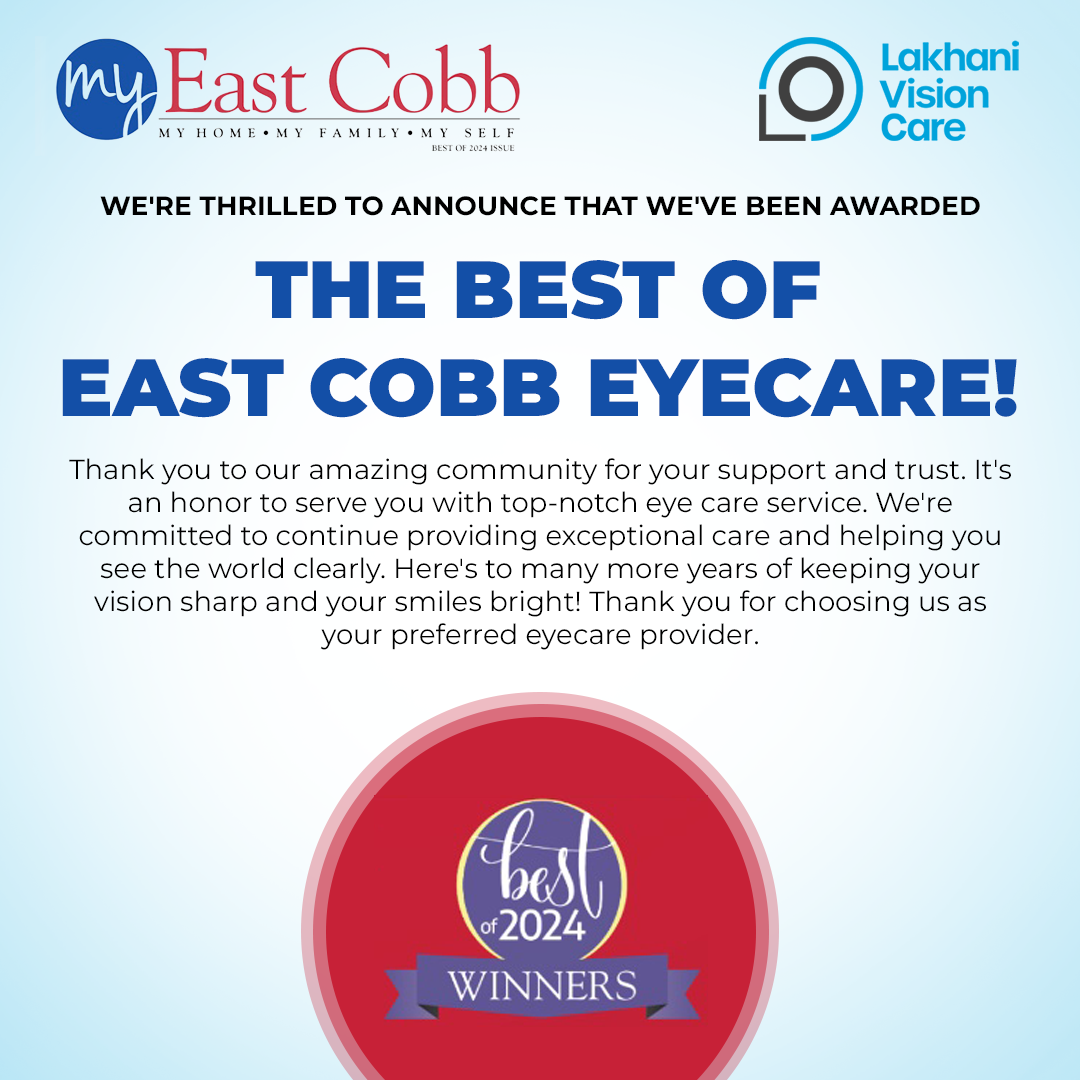
Macular degeneration, also known as age-related macular degeneration or AMD for short, is a common eye condition that typically starts to occur in people over 50, although it can develop at any age. Macular degeneration occurs when the cells of the part of the eye called the macula, which is a patch of light-sensitive cells in the retina at the back of the eye, start to deteriorate. Although macular degeneration won’t lead to total blindness, it can make certain activities more difficult than they should be - for example, watching television, driving, and recognizing faces. This is because the macula is responsible for central vision and the ability to see fine details.
Signs and Symptoms of Macular Degeneration
There are a number of signs and symptoms associated with macular degeneration. If you experience any of the following, you should schedule an appointment with your eye doctor for an evaluation of your eye health and vision:
Distortion of straight lines in your field of vision
A reduction in central vision
The need for brighter lights
Blurred vision
Difficulty adapting to low lighting
Difficulty reading, driving, or watching tv as things appear blurred
It becomes difficult to recognize faces or tell similar people apart
In most cases, macular degeneration develops slowly over a number of months and years. However, there is a specific type of AMD that occurs when blood starts to leak onto the macula, causing scarring. Prompt treatment is needed to stop your vision from being permanently and severely affected.
How is Macular Degeneration Diagnosed?
You’ll need to have an appointment with your eye doctor to confirm a diagnosis of macular degeneration. As well as talking to you about your symptoms, they will probably perform a number of different assessments. The information that these tests will give your eye doctor will enable them to confirm whether you have macular degeneration or if there is another issue affecting your eyes and vision.
Visual field test: this test looks at how wide your field of vision is. It’s completely non-invasive, and you’ll simply be asked to look into a lens at an object and asked questions about what you can see.
OCT scan: OCT stands for optical coherence tomography – an advanced screening technique where images are taken of the very back of the eye. This enables your eye doctor to visualize the retina and macula to check for any abnormalities that indicate macular degeneration or any other eye diseases.
Dilated eye exam: special eye drops are used to dilate your pupils. This enables your eye doctor to look through them and examine the internal structures for any abnormalities. Your eyes will be extra sensitive to light for a few hours after this exam, so you may need to wear sunglasses and have someone drive you home.
Fluorescein angiography: This test is used to assess the blood vessels of the eye, and involves a special yellow dye called fluorescein being injected into a vein in your arm. This dye gets into the bloodstream and reaches the blood vessels in the eye, while a special camera is used to track it and take images, which will reveal if blood is leaking onto the macula, which could be damaging the cells.
Therapy for Macular Degeneration
If you are diagnosed with macular degeneration, unfortunately, your treatment options are limited. There’s currently no treatment that can restore your vision to how it was before, but there are steps you can take to reduce its impact on your day to day life – for example, using brighter lighting, opting to use magnifying lenses when reading, or installing software on computers to make using them easier.
If you are diagnosed with the rapid onset of ‘wet’ AMD caused by bleeding onto the macula, you’ll need swift treatment which will usually involve injections of anti-VGEF medication. These will stop the leaking and prevent worsening vision in around 90% of patients. Light therapy is also sometimes recommended, and this works by destroying the abnormal blood vessels that are leaking fluid onto the macula.
Using Sunglasses to Prevent/Slow AMD
Wearing sunglasses isn’t just a fashion statement. They also play a crucial role in protecting your eyes against the harmful effects of UV light. UV is responsible for changing cellular structure and causing damage to the eyes and the skin around them. Experts have uncovered a connection between failing to wear protective sunglasses and an increased risk of developing AMD. Make sure you choose a variety that has a label or sticker showing that they block out at least 99% of UVA and UVB light for the best protection. You should wear them as often as possible when you go outside, even on cloudy days since UV light can penetrate cloud cover.
For more advice on macular degeneration, don’t hesitate to speak to our experienced eye care specialists in Marietta, GA.











